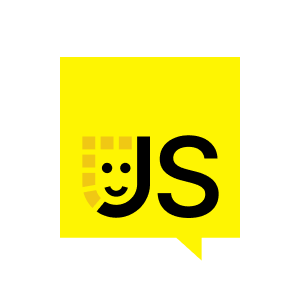So, AI tool thought that, okay, men's maybe much better. So, that's why don't look, let's not look so much on women's CV. So, of course it's, it's very bad. And, there are different other cases like shuffle case with credits, when, you have like some, point, or some score of your, like, probability that you will pay the credit and, they, they also had some, problem that it stored much longer data than it should be and, that's why, people had problems with, that. So, they, got bad scores, but, they already actually, paid all their mortgage. So, also when we rely too much on automation, it could be some kind of automation bias, so we trust too much. And it could be problem, because AI algorithms, we need to check them, right? But, this case that I want to share with you, it's, it's not about like automation bias, it's just about automation and problems because of that.
It's quite similar to previous case with cursor that, people start to use very modern technologies, like AI, they start to code, it's called like vibe coding. But, that you're not programmer, but you can code. And, the problem that we don't, we forget sometimes basic, so we don't learn them even. And, this, tragic case with, airplane that a lot of people died there in this, case. And, the problem was that, some pilot, pilots, they, like, did not, have a lot of experience and because they usually use after pilot, but after pilot, stopped working in some moment because of like a bad weather condition and et cetera.
But, the problem that, pilots started to panic and started to do some actions. And by simulation it was, research that actually if pilots would do just nothing, then it will be fine. So, no one would die in this case. So, we have this, tendency to, automate everything, but we should not forget, like, the roots, the basics of everything. So, I think that, it's just like the case that we need to think that, yeah, AI is very powerful tool, very useful, but you should know, understand how does it work. You should, you should know the basics how to, how to do your, stuff. And also, accountability. So, we're all, we should be responsible. So, there is, quite, quite, idea that it should be human in the loop and hold this process, we cannot rely. We cannot say that, okay, this algorithm, for example, automation, system, that it will, answer for and give the final, feedback for everything. So, and, people, should not only, look at output of a agent, but should also provide some feedback. And, then, only then we need to make a decision final, especially when it's some critical points of, our workflows. There are, of course, some research already, Harvard Business School, for example, that, all repetitive tasks, we can, make them faster with AI. We can, be more productive for that. But also, there is, some, some research that it's reduced, reduce our creativity. So, because again, it's based on some data. It, it gives you some answers, like when we brainstorm, but at the same time, it's not so diverse. Yeah, it has a lot of data, but when you ask, you need to be precise.




















Comments